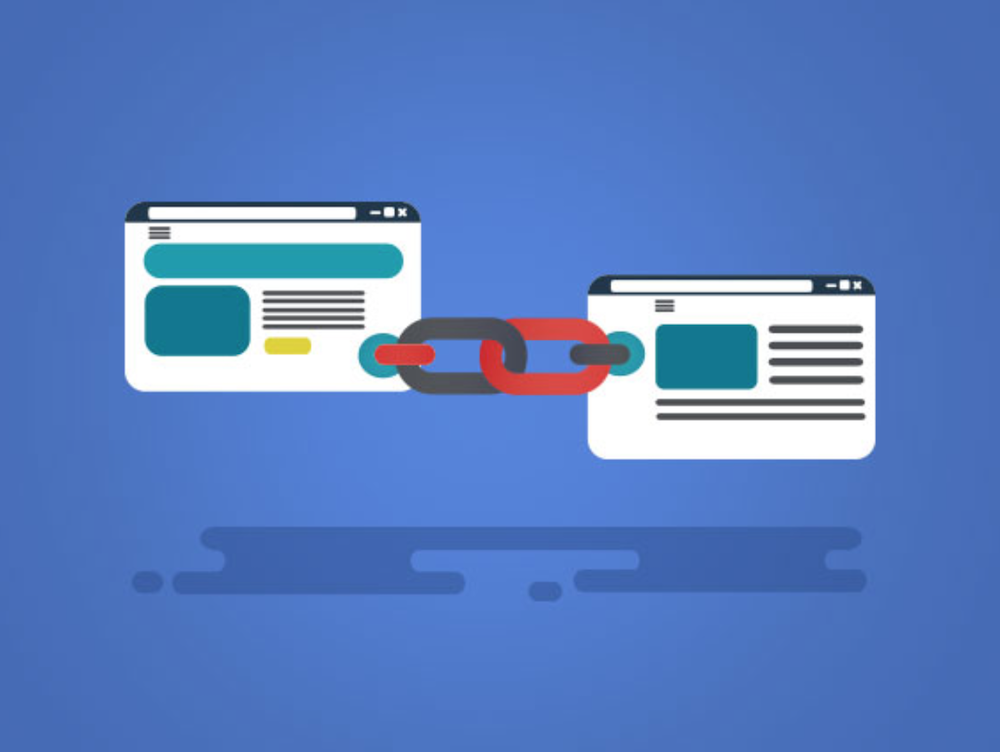Webmasters should know the importance of Google rankings. Without rankings, it would be nearly impossible for business to get their brand out and drive traffic to their blog. While there are countless “hacks” that can supposedly drive more traffic to your site, not all of them are applicable in this day and age. Today, we’ll show you how to build backlinks without incurring Google penalties.
How Does Google Penalize Websites?
Google doesn’t care that you’re a well-established company in your particular niche or a rising star in a saturated market—if you don’t follow Google’s Terms of Service, your company will have to face the wrath of the search engine. Take, for instance, the case in 2019 when Google punished Bing Discover for “stealing” traffic from organic Google searches, which resulted in Bing losing millions of visitors in the span of mere days.
If your website is on the end of a good-old-fashioned Google penalty, not only will you lose search traffic, but you’re also putting more money into your competitors’ pockets by virtually disappearing off the face of the search engine. It goes without saying that you should avoid Google penalties at all costs.
5 Best Practices to Safely Build Backlinks

Backlinks, or the reference links to other sites, pages, or domains (Digital Ad Blog)—are one of the simplest ways to drive traffic to your website. They serve as votes or vouches from one website to another. Generally speaking, a higher backlink count to a specific website will force search engines to infer that the content is worth looking at, thereby increasing its chances of appearing on a SERP.
Google will not stand for black-hat strategies, which include article spinning, doorway pages, and keyword stuffing. To build backlinks while also staying on Google’s good side, here are five best practices webmasters can and should follow.
1. Interview industry experts
One of the simplest and fastest ways to build links to your website is by reaching out to established figures in your niche. These people, whom we’ll refer to as influencers from here on out, can drive tons of traffic to your blog if you can get them to set up a backlink.
To do this, consider interviewing an influencer. You can do this by reaching out to them on social media or asking questions in their blog’s comment section. After you’ve collected enough data to create a meaningful article, let the influencer know where they and their readers can find it. There’s a pretty high chance that the influencer will create a backlink to the piece.
2. Make shareable content

Shareable content is, well, shareable. It’s content that’s easy to digest by the readers, which can provide you with the unique opportunity to have your link put out there by popular, reputable sources. Shareable content can be in the form of a meaningful blog post, an infographic, or an eBook. There must be a clear call to action requesting the viewers to share the content and/or leave comments. One of the most straightforward ways of sharing your content with a wider audience is by posting on Pinterest.
3. Guest post on other blogs
Creating and publishing guest posts on other people’s blogs is one of the simplest ways to demonstrate your expertise while also having full control over backlinks. At the end of the article, there’s usually space for the author’s bio that you can utilize to redirect traffic to your website. Forbes has an easy-to-follow guide on how you can search for potential guest blogging opportunities.
4. Leverage broken links
How often have you come across blog posts that provide links to dead websites? While frustrating for the average reader, webmasters should view this as a unique backlink opportunity.
What you can do to get backlinks is create a blog post, add fresh information with live links, and reach out to other bloggers who have backlinked to the dead source. Politely inform them that one of their backlinks is inactive and that you’ve created a high-value post that touches on the same subject with fresh sources.
5. Use link building services

Wait, what? Isn’t buying backlinks against Google’s TOS? Indeed, spending money on buying backlinks is a black-hat strategy, but Google can have a difficult time proving that you’re paying for any black-hat shenanigans. Using a safe paid link building service is a quick and easy way to build natural backlinks to drive traffic to your website. Reputable backlink-for-pay service providers refrain from posting spam links, providing a list of which sites they sell content to, and publishing low-quality irrelevant content on their guest sites.
Final Remarks
Google, in general, abhors link building. If you’re caught using black-hat SEO strategies to artificially boost your rankings, we guarantee that you’ll be struck with Google penalties that will shatter your website to obscurity. If you follow the simple practices of how to build backlinks, your website will have a higher chance of reaching higher rankings and ultimately boosting profits.

